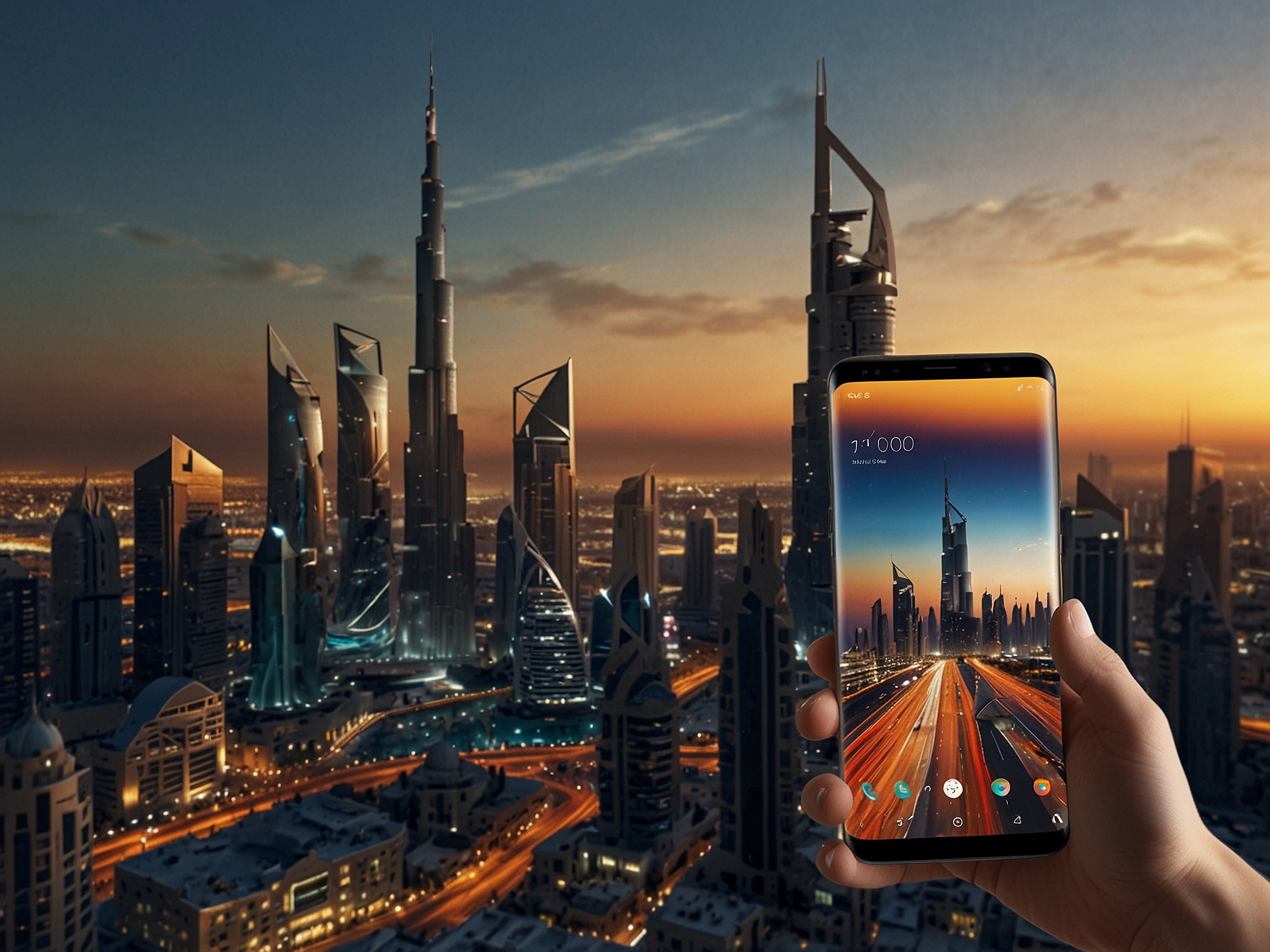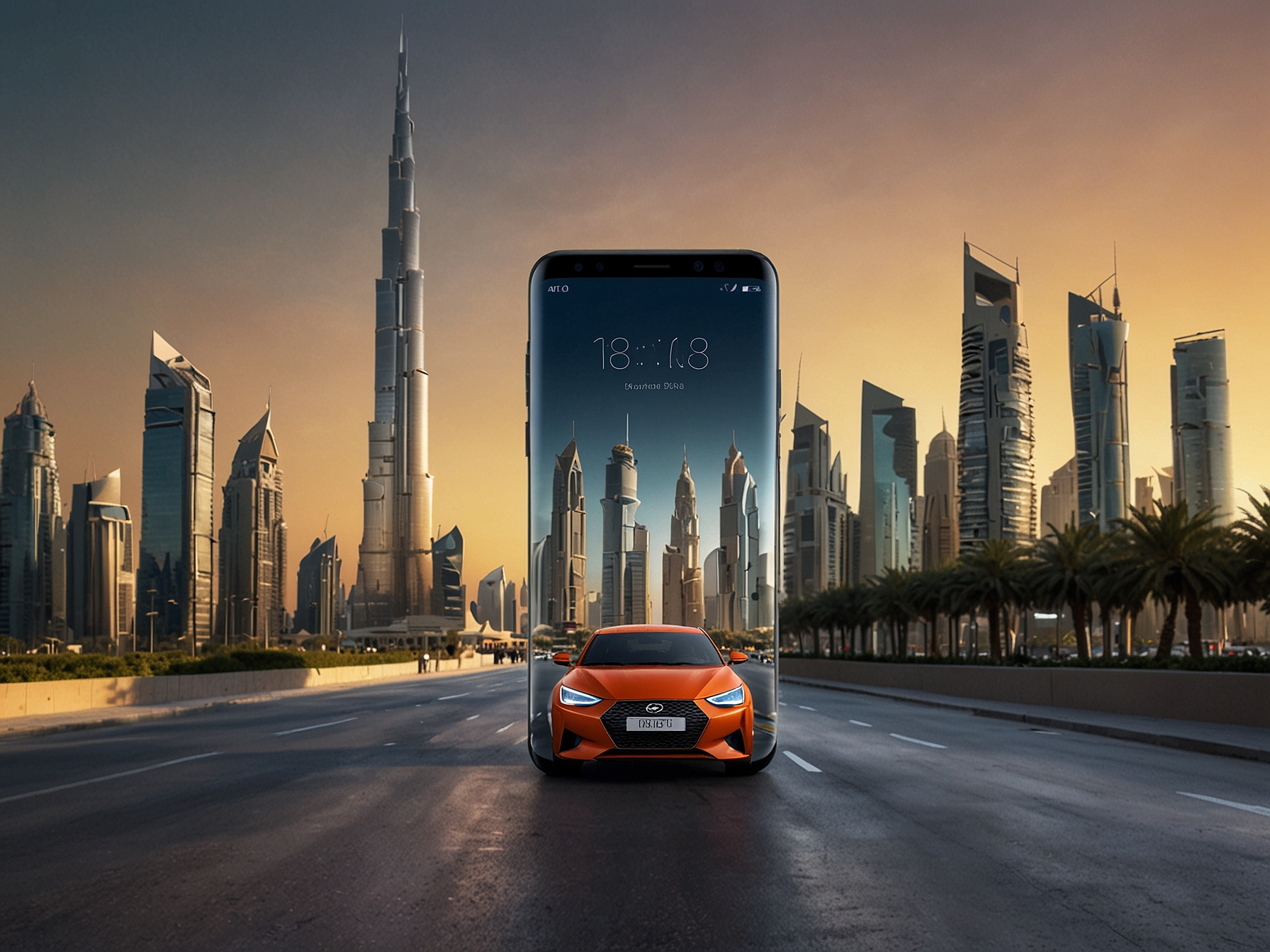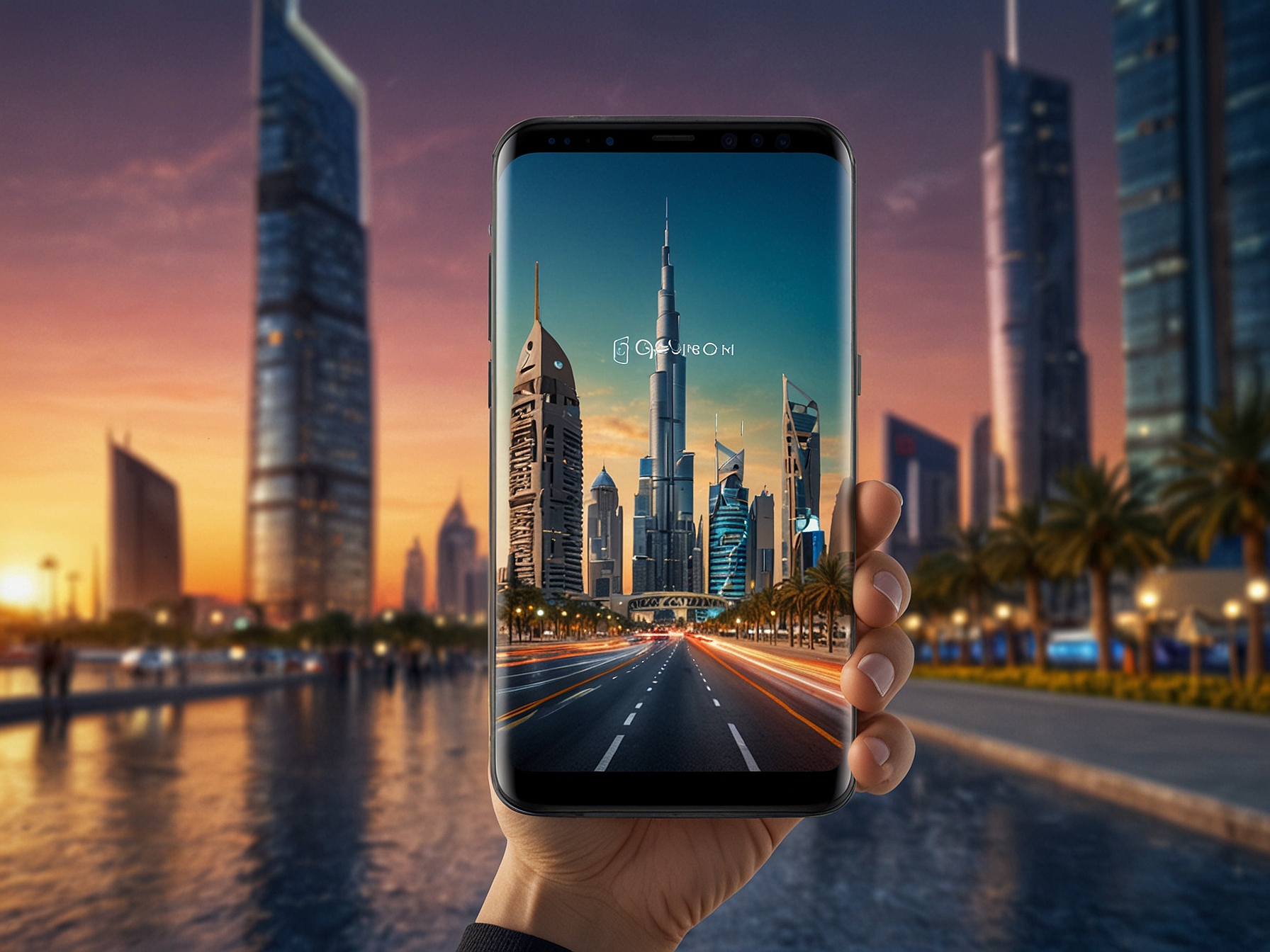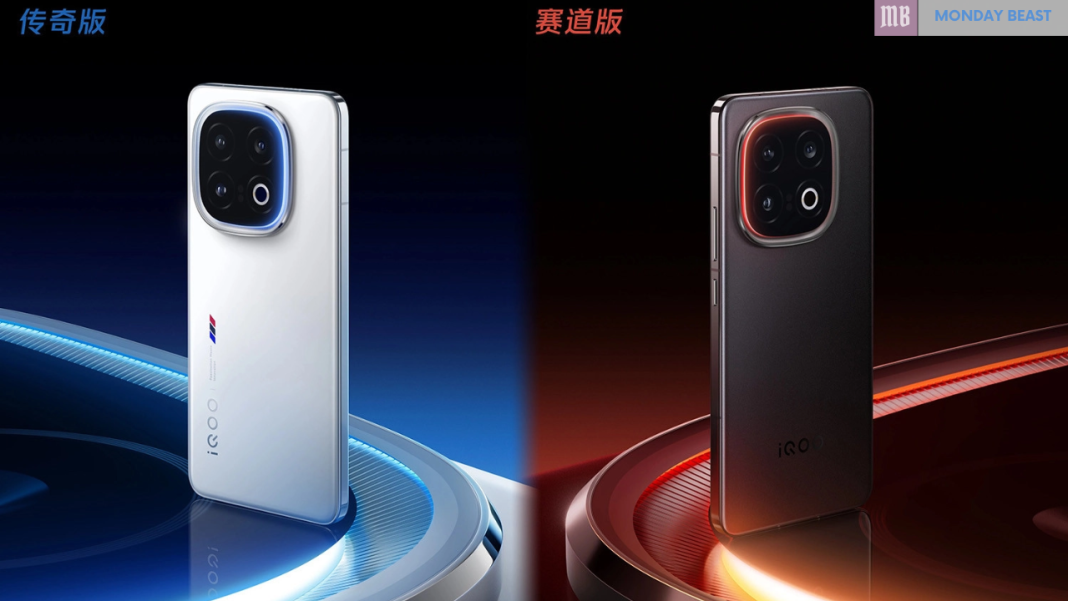Taking the plunge into smartphone photography today, we took the iQOO 13 to Dubai. The goal was to see if its camera lives up to the hype.

Now, let’s talk about those eyes behind the camera. The iQOO 13 features a triple lens setup. This includes a 50-megapixel main camera, a 50-megapixel ultrawide lens, and a 50-megapixel telephoto lens with 2x optical zoom. At first glance, that’s impressive.
But how does this translate into real-world photography? Snapshots under the blistering sun of Dubai were our first test. The colors burst alive, and the details? Sharp and immaculate. It performed well, giving lively breath to each photo.

Low-light photography can be tricky. We hit the streets after dark, and the camera’s OIS feature kicked in. The results? Surprisingly solid. The bright lights against the night sky captured beautifully. It’s clear this phone does not shy away from challenges.
Portrait mode was another highlight. It aimed to separate the subject from the background. The bokeh effect? Quite striking. Faces looked natural, not overly smoothed. A solid contender against flagship models.

Comparisons are inevitable. How does this hold against competitors? While top brands often dominate, the iQOO has carved its path. It challenges the status quo in high-end mobile cameras. Features are packed but still affordable.
But here’s a thought. What makes a camera great? Some might say versatility, while others could argue about how easy it is to capture stunning pictures. With the iQOO 13, one thing’s clear: It brings flagship capabilities within reach. We may be witnessing a change in smartphone photography.




